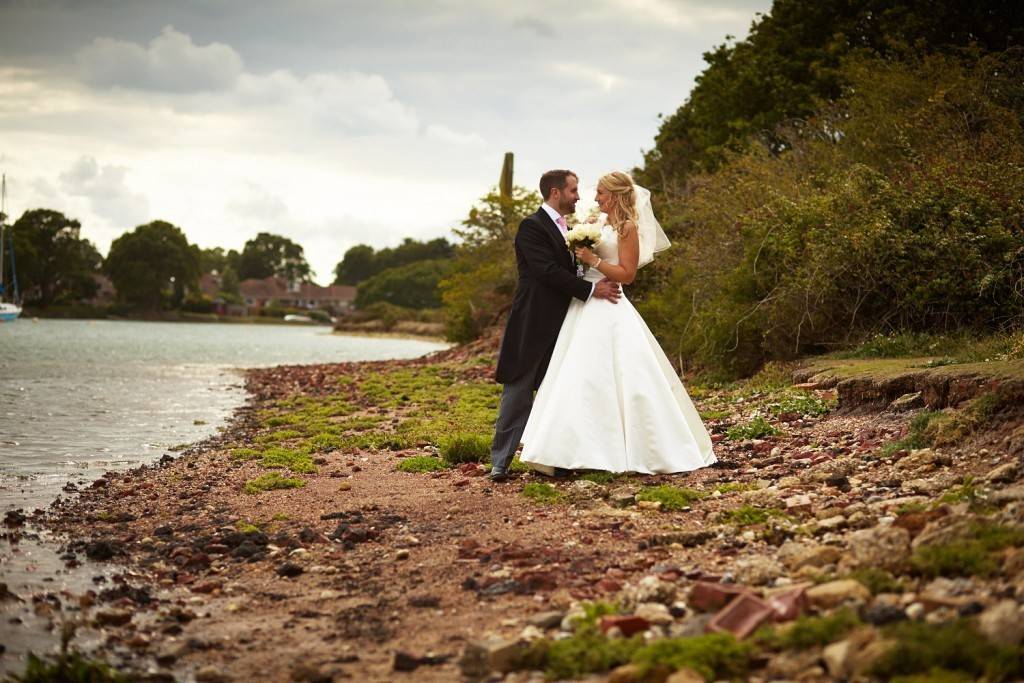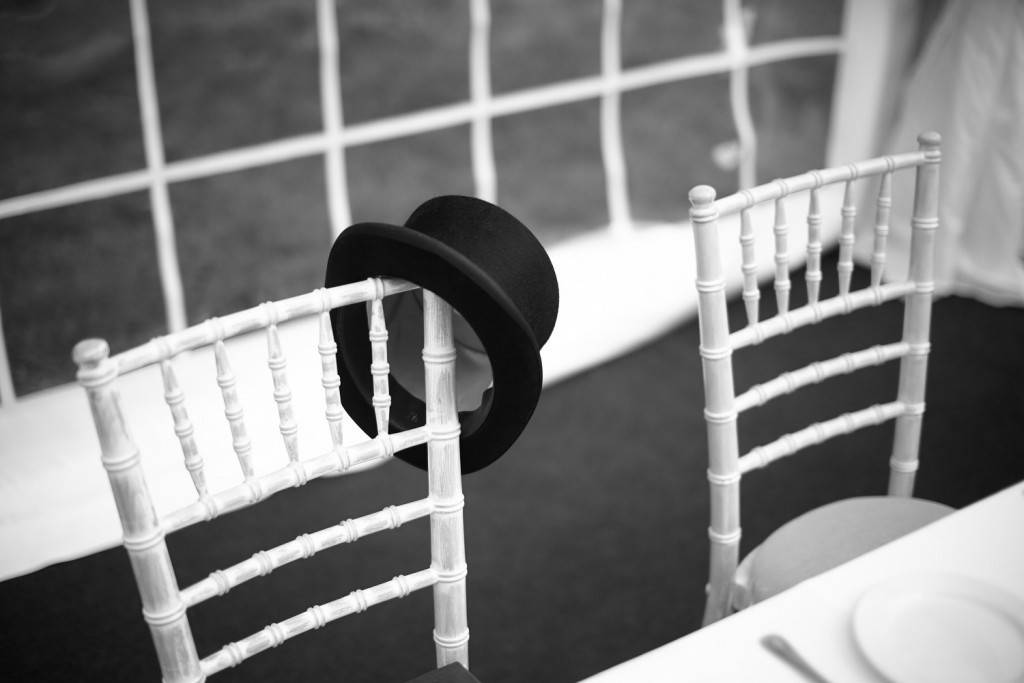
“Real Professionals Shoot Manual”
If I had a penny for every time I had heard this in a photography forum, I could have given up wedding photography years ago and bought my own island. The sad fact is that photography forums are not really a great place to learn about photography. More often than not one or two ‘strong characters’ will voice an opinion and then their acolytes will repeat it until all opposition is crushed. Forums are more about clashes of egos than real photography advice, with one or two notable exceptions.
Often the best real world choice is worked out by photographers in the field, not armchair enthusiasts with an axe to grind. I have shot in manual mode only for prolonged stretches and I do still use it if that is the best option, but for wedding photography or anything where things can unfold quickly, I find aperture priority the best choice.
What is Aperture Priority?
Aperture priority is probably the oldest auto mode, becoming popular from the early 60’s. In simple terms you select the aperture and rely on the camera to se the correct shutter speed, either mechanically or by electronics depending on the age of the camera. With newer digital cameras you can also set the slowest shutter speed you are happy to use, and at that point the camera will start to raise the ISO setting if it is set to auto ISO. If you set the ISO manually the shutter speed will flash to warn you if it is too low.
What are the advantages of shooting in aperture priority?
If you shoot in Av mode on a modern digital camera, the main advantage is that you can keep the ISO setting down as low as possible for any given aperture setting. You can do this in manual mode too if you set aperture and shutter manually and leave the ISO on auto. However, this means that you can’t use the back dial for exposure compensation in a lot of cameras. So aperture priority actually gives you a little more control over exposure. While high ISO’s on modern cameras are very good, lower ISO’s will always look better, and more importantly, be quicker to edit. They will also have more dynamic range so there is more scope to recover shadows or highlights. My preferred setting for general wedding shots is to pick f4 or 5.6, set my minimum shutter speed to 1/125 and ISO to auto.
My Journey away from Manual Mode
Like most young photographers who started shooting film, I was taught to shoot in manual mode and a separate light meter. I used black and white film and slide film. Slide film has a very low tolerance for exposure error so measuring light with an incident meter was a must. If you don’t know, an incident light meter measures the light falling on a subject and disregards its tone, so the reading is always accurate. In an ideal world this is the best choice, trouble is, this isn’t an ideal world!
I have always loved street photography, and it is something I have done for pleasure for many years, but more often than not the lighting conditions are not ideal. In many ways this was my training for becoming a wedding photographer. For years I shot in manual, mainly because I used a rangefinder (a Voightlander Bessa R) and it only had a manual mode. This was fine when the light was consistent but a total pain if it wasn’t. I would meter and set my camera up for sunlight only to miss shots in the shade or vice versa. On days with broken sunshine the light would be a constant frustration and I would have to constantly refer back to my meter. In the end I spent more time checking my light meter than I did shooting pictures and I knew something had to change.
Switching to Digital
When I switched to digital for my 35mm work I started to play around with my technique to suit the new equipment I was using. I found that the in camera metering was good enough. Most of the time, I could let it do its own thing and the exposures would dead on. I had enough experience to know when they wouldn’t be, and in those situations I would override the camera. I found that using aperture priority mode meant I spent more time looking for pictures and less time worrying about camera settings.
Aperture Priority (or Av Mode) – The Speed Of Auto, The control of Manual.
When I started shooting weddings, I found that my aperture setting was one of the main weapons in helping me turn the chaos of a wedding into beautiful images. Aperture choice is one of the main determining factors towards the look of a photograph. I use it to blur out the busy backgrounds that can ruin wedding shots. Weddings move fast. Too fast for for fiddling around with your camera if the light changes, so a degree of automation is a real necessity. Here are the reasons why I prefer aperture priority over manual in a wedding environment.
Most of the time it’s just not possible to use a separate meter.
Imagine you are positioned at the back of the church during the ceremony and the light changes You can hardly walk up the aisle, take a quick incident reading off the bride’s face, and retire back to your station. If you are using the camera’s built in meter there is very little point in setting the camera manually when the camera would set itself to the same way automatically. If I feel that the camera has got it wrong I use exposure compensation. That way if the light levels change, the exposure will still be correct.
Aperture Priority gives me my main control over the look of an image.
Depth of field can have a decisive effect on the look of an image. F2.8 will look very different to F11. Once the shutter is fast enough to freeze motion you can’t tell the difference between 1/500th and 1/2000th so Shutter Priority mode does not offer the same aesthetic control especially as your aperture will change in variable light and change the look of the images.
Modern Camera Meters Are Good Enough (Most of the Time).
Modern camera meters will get exposure right 95% of the time. Often not using them can almost feel like an affectation. Weddings are hard work and it makes sense to let technology help you where appropriate.
I Can Concentrate on Image Making not Technicalities.
The less I have to worry about technical concerns, the more I concentrate on creativity. Ultimately creativity is what people are hiring me for. So I make sure I’m not getting to bogged down in the technical side of things. I’ve come up with a simple way of working that I can rely on and I stick to that.
Events move Quickly, and I Need to Capture them.
I’m not a fan of making the bride and groom repeat anything. I think you can tell when something is fake so I treat every event at a wedding as a one shot deal. That means I have to think fast, be flexible and react to things as they happen. I don’t have time to keep fiddling with my camera. Aperture priority gives me the perfect balance of control and automation.
It’s better in low light.
I can often find myself at the ragged edge of low light capability at weddings. If things are getting tricky, I use aperture priority to decide what needs to be in focus in the frame. I set the minimum shutter speed as low as I dare for the situation (1/125 or 1/60 if I am shooting people) and let auto ISO give me the correct exposure. This way I’m always at the best ISO I can get away with.
In Conclusion (and some Caveats)
I have stopped using manual mode for fast paced situations. I can use aperture priority successfully because I have enough experience to know when the camera is likely to be caught out. If you are a beginner or intermediate who wants to take their photography more seriously, learn your craft. Use manual mode on your camera until you fully understand shutter speed, aperture and ISO.
Online tutorials often try to persuade you that photography is easy. That you don’t have to know the technical stuff. Unfortunately, this isn’t true . You still need a good grounding in the technical craft of image making. Aperture priority is a great tool but it is not a replacement for a good photographic brain. The real skill in photography is learning what to do in a myriad of circumstances. From experience, you can then make the best choice to suit the situation.
Happy Shooting!
Toby
I am a Sussex Wedding Photographer and Commercial Photographer
I try to update my blog every week with useful advice for photographers and clients. If you would like to be kept up to date, like my Facebook Page.


